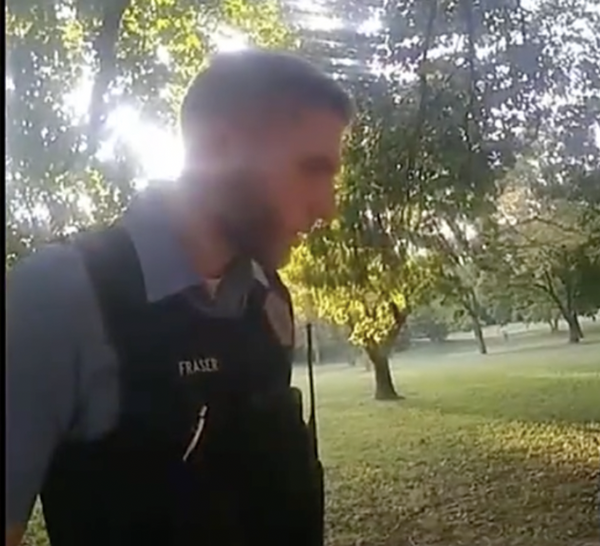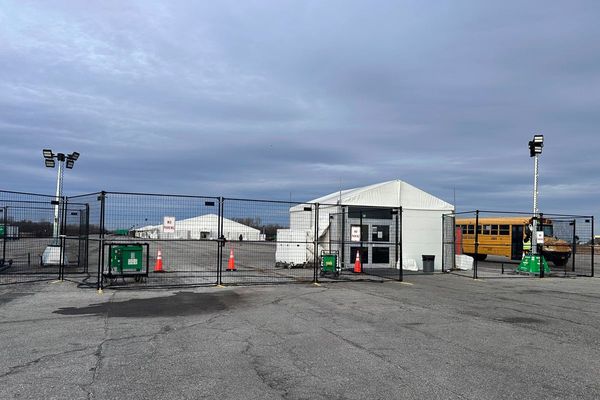
The first safe drug consumption room in the UK will “offer hope” to hundreds of people, community leaders have said.
The Thistle will open in the east end of Glasgow on Monday at an existing NHS enhanced drug treatment service.
Scotland has the highest rate of drugs deaths in Europe, with fatalities rising by 12% in a year to 1,172 drug-related deaths in 2023, of which 246 were in Glasgow.
The £1 million facility will “offer hope” to an estimated 400 to 500 people who inject in public in Glasgow city centre every two weeks, councillor Allan Casey said.
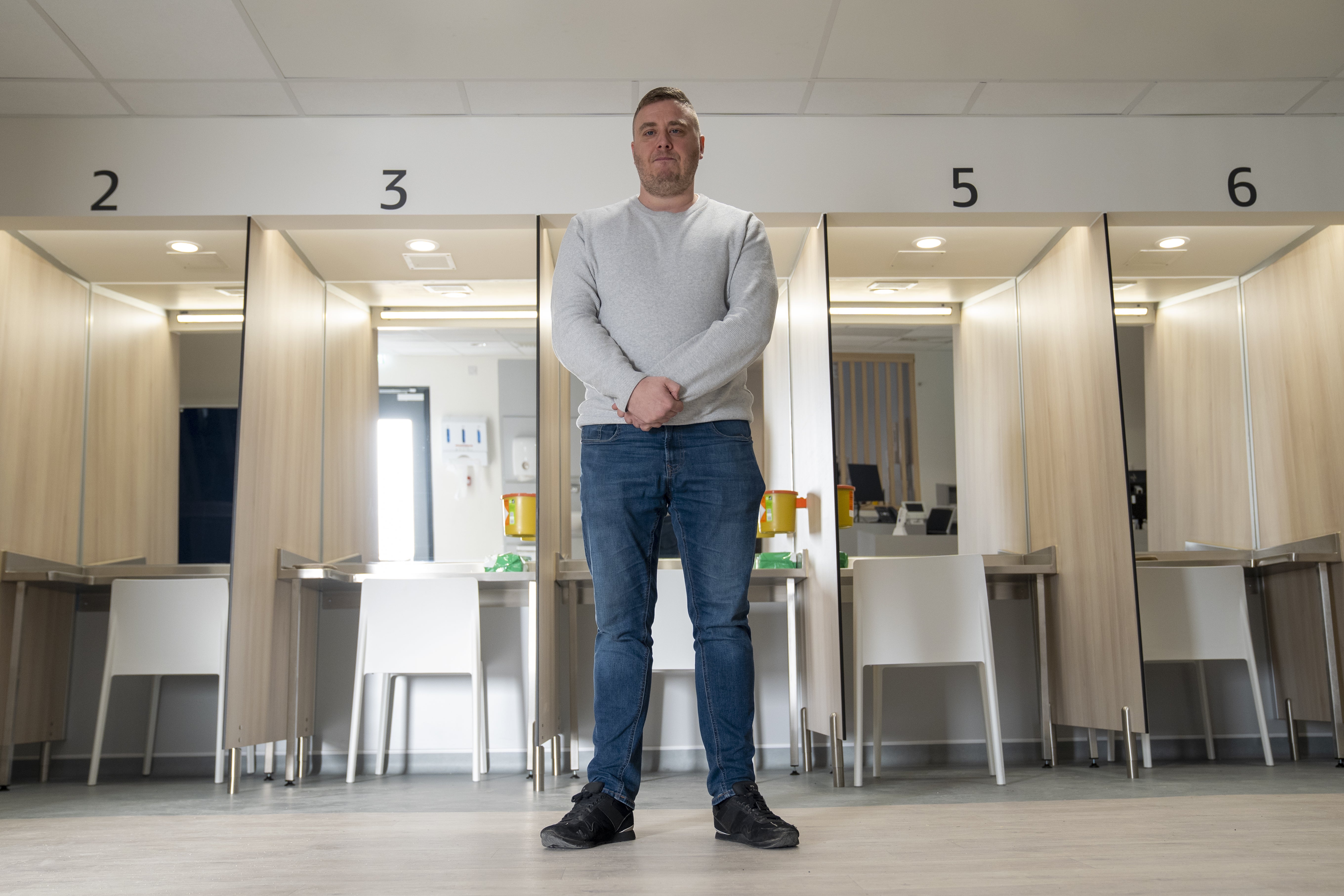
Intravenous drug use creates pressure on the NHS, including amputations due to infected injection wounds, chronic obstructive pulmonary disease (COPD) and complex health problems, with potentially critical health issues to be addressed at an earlier stage at The Thistle.
Campaigners lobbied for almost a decade for the facility after HIV infections surged in 2016 due to people injecting drugs but it was blocked by the Home Office until 2024.
Mr Casey urged the Home Office to approve a licence for drug testing because “people don’t know what they are taking”, with an explosion in synthetic drugs blamed for the rise in deaths, and after heroin contaminated with anthrax caused 14 deaths in Glasgow in 2009-10.
He said: “There has been a war on drugs in the UK for decades, but nobody is winning it apart from dealers.
“There needs to be a public health approach – having a drugs consumption room doesn’t encourage people to take drugs, the most important part is the aftercare.”
The SNP councillor hopes to see similar facilities in Edinburgh and Belfast, where both councils voted to set up centres, and described provisions in The Thistle as “all singing, all dancing” due to the scale of Glasgow’s problems.
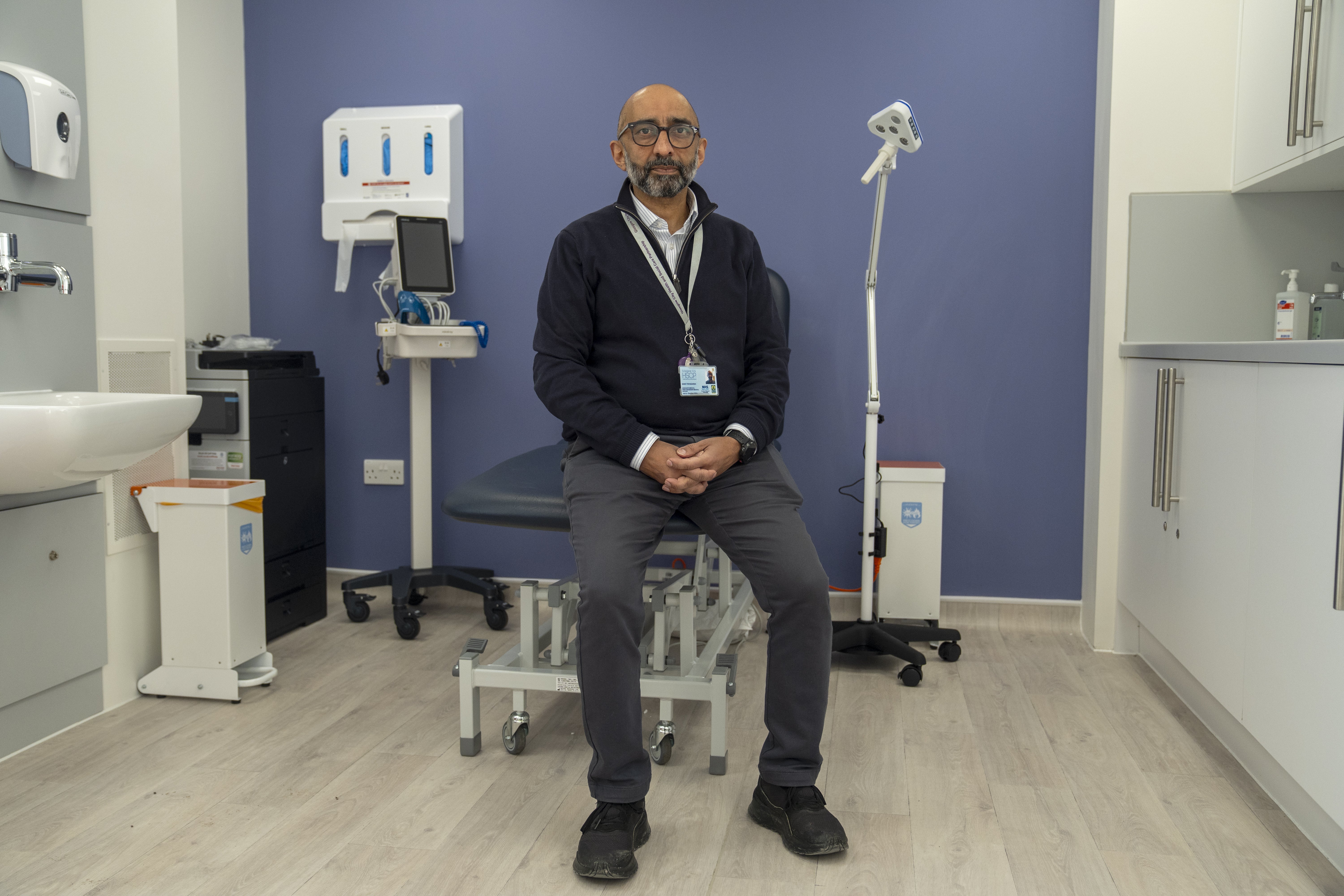
Mr Casey said: “Between 400 to 500 people regularly inject in public in Glasgow city centre every two weeks. That’s the target group we are hoping will use this. If we get 20% that would be a massive success.
“In the last couple of weeks people have been coming and we’ve been telling them it’s not open yet. It is offering hope to people.”
Lord Advocate Dorothy Bain KC said there would be no public interest in prosecuting people injecting under medical supervision in “injection bays” inside the building, which will be open every day between 9am and 9pm.
Dr Saket Priyadarshi, associate medical director for alcohol and drug recovery services at NHS Greater Glasgow and Clyde (NHSGGC), hopes a policy change could allow an inhalation room – minimising risk of overdose, infection and abscesses caused by injection.
He said addicts often face “shame and discrimination” but the facility is a way of offering an “entrance” to GP appointments and healthcare, and providing medical care for needle injuries before they escalate – with some users injecting 13 times a day during a cocaine binge.
The clinical environment in the Hunter Street Health Centre includes a smoking area, chatrooms, i-Pads so people can contact family and a lounge with books and hot drinks, and to offer support with housing and benefits as well as healthcare in a welcoming environment.
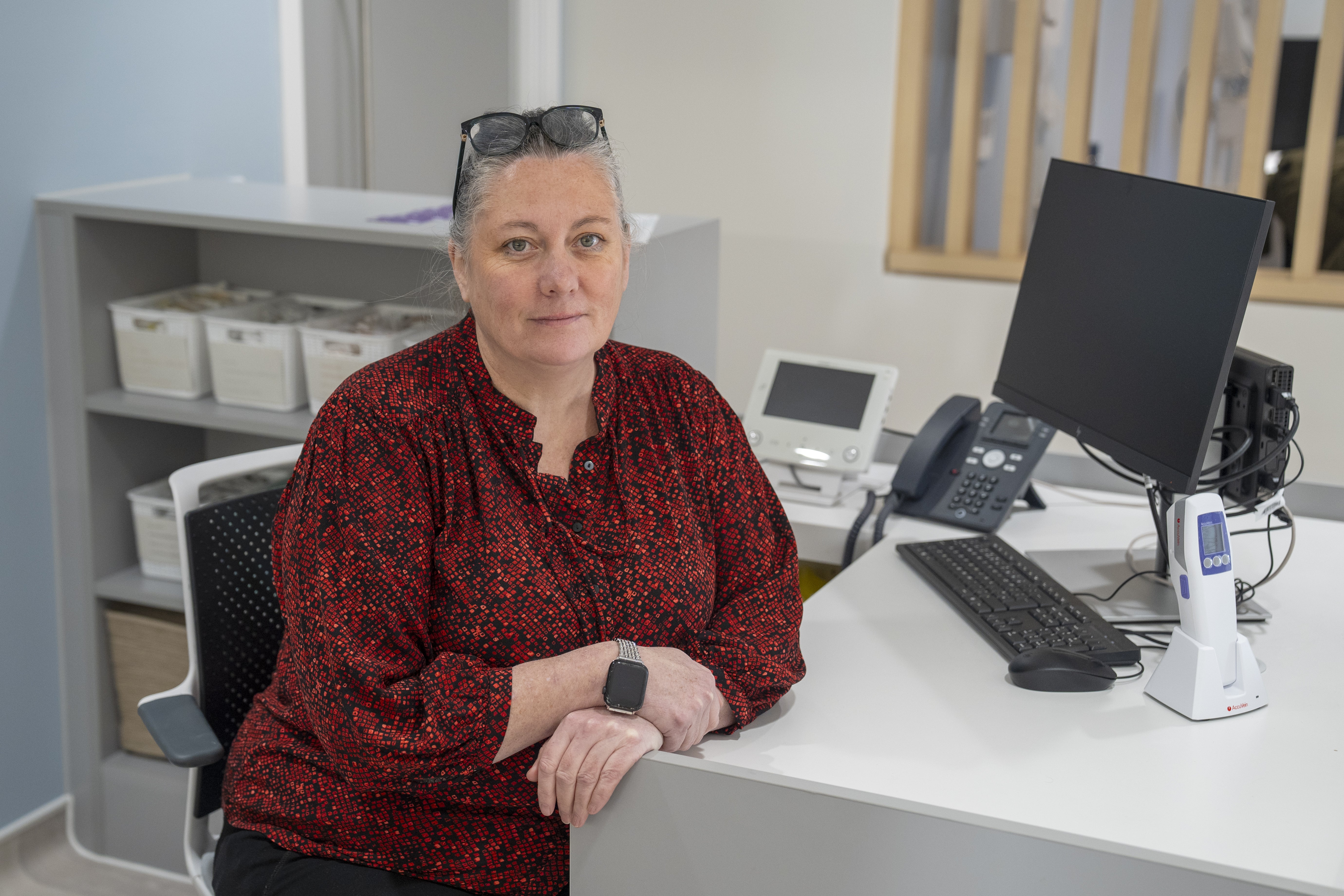
Service manager Lynn MacDonald said Glaswegian users inject drugs which would not typically be seen elsewhere in the UK.
It is expected about 40% of visitors will be women, with efforts made to be provide hairdryers and contraception, and dry clothes for both sexes.
Mrs MacDonald said: “There is a huge amount of cocaine injected in Glasgow, about a 50-50 split.
“With heroin, people are injecting three, four times a day – with cocaine it could be 10, 12, 14 times, often injecting into the same sites because they can get access.
“People are concerned it is going to bring drugs into the area but it is already here – it is very visible. It is not hidden. We are talking about people, not addicts or users. The drugs are a tiny part of their lives.”
Dr Priyadarshi said: “The sort of issues we are aware of are injecting wounds, particularly from injection of cocaine, which we will hopefully be able to address early on, so we can prevent difficult surgical operations.
“Studies show that someone who is 40 to 45 years old may have the health of a 75-to-80 year old with multiple diseases. It would be a fairytale for me to say we can make it better overnight, but we do want to help people engage with healthcare.
“In a year’s time I hope we will have prevented deaths and hospital admissions – this service supports a reduction in ambulance callouts, and attendance at A&E with preventative care. I think it is much needed.”
